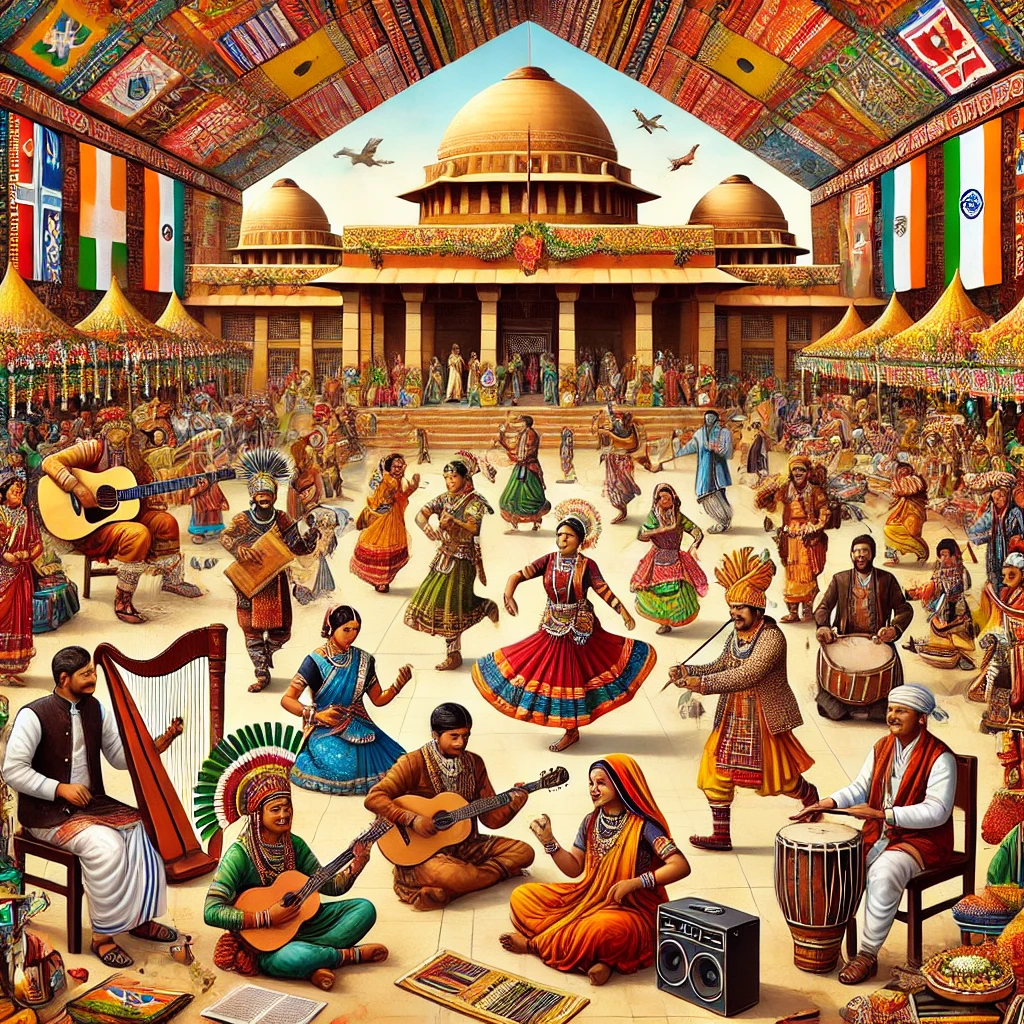Important Life Events of Ashoka for UPSC, UPPSC, and Other State Exams
Ashoka the Great, the Mauryan emperor, is one of the most significant figures in Indian history. His reign marked a turning point in ancient history due to his remarkable contributions to governance, administration, and the spread of Buddhism. Below is a timeline of Ashoka’s major life events, which are essential for aspirants preparing for UPSC, UPPSC, and other state-level exams.
1. Birth of Ashoka (304 BCE)
- Date: 304 BCE (approx.)
- Place: Pataliputra (modern-day Patna, Bihar)
- Ashoka was born to Emperor Bindusara and Subhadrangi (or Dharma).
2. Appointment as Governor (282 BCE)
- Place: Ujjain (modern-day Madhya Pradesh)
- Ashoka was appointed as the governor of Ujjain by Bindusara, marking the beginning of his administrative career.
3. Kalinga War and Ashoka’s Transformation (261 BCE)
- Date: 261 BCE
- Place: Kalinga (modern-day Odisha)
- The brutal Kalinga War resulted in massive loss of life, profoundly impacting Ashoka. This led to his transformation from a conqueror to a proponent of peace and Buddhism.
4. Adoption of Buddhism (260 BCE)
- Date: 260 BCE
- Place: Pataliputra
- After witnessing the horrors of war, Ashoka embraced Buddhism under the guidance of Buddhist monk Upagupta.
5. Issuance of Edicts (260–232 BCE)
- Ashoka issued numerous edicts in Prakrit, Greek, and Aramaic, inscribed on pillars and rocks across his empire. These edicts preached non-violence, religious tolerance, and moral conduct.
- Key Locations:
- Rock Edict XIII: Mentions the Kalinga War and its aftermath.
- Pillar Edicts: Found in Delhi, Sarnath, and other places.
6. Third Buddhist Council (250 BCE)
- Date: 250 BCE
- Place: Pataliputra
- Ashoka convened the Third Buddhist Council to purify and consolidate the Buddhist Sangha (monastic community).
7. Missionary Expeditions (250 BCE)
- Date: Around 250 BCE
- Ashoka sent Buddhist missionaries to various parts of India and abroad, including Sri Lanka, Nepal, Afghanistan, and Southeast Asia.
- Notable Missionary: His son, Mahendra, and daughter, Sanghamitra, were sent to Sri Lanka.
8. Death of Ashoka (232 BCE)
- Date: 232 BCE
- Place: Pataliputra
- Ashoka died after ruling for nearly 40 years. His death marked the decline of the Mauryan Empire.
Exam Preparation Resources
- UPSC Prelims Test Series:
- Affordable UPSC Test Series to practice key topics for IAS Prelims.
- UPPSC Preparation:
- UPPSC Test Series for state-specific exams.
- UPPSC RO/ARO Test Series:
- Prepare for RO/ARO with targeted mock tests for Samiksha Adhikari.
Key Takeaways for Exams
- Focus on Ashoka’s transformation post-Kalinga War, his role in the spread of Buddhism, and administrative reforms.
- Study Ashoka’s edicts as they provide direct evidence of his policies and beliefs.
- Use the provided UPSC and UPPSC test series to evaluate your preparation effectively.
These events and resources will enhance your readiness for competitive exams like UPSC, UPPSC, and others!
Important Life Events of Ashoka for UPSC, UPPSC, and Other State Exams
Ashoka the Great, the Mauryan emperor, is one of the most significant figures in Indian history. His reign marked a turning point in ancient history due to his remarkable contributions to governance, administration, and the spread of Buddhism. Below is a timeline of Ashoka’s major life events, which are essential for aspirants preparing for UPSC, UPPSC, and other state-level exams.



